Time for a bottom job, boat bottom that is! — Because of limited time in…
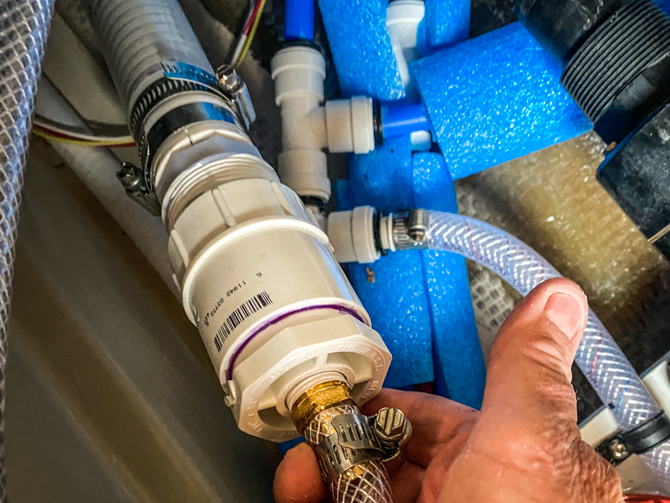
Fresh Water Tank Capacity Dilemma & Solution
3.
Off We Go…
22.
Fresh Water Tank Capacity Dilemma & Solution
Gaining Capacity in Our Fresh Water Tank –
We just downsized to a Ranger Tugs R25OB from a Ranger Tugs R29S. We plan on keeping this boat for a long time, not our typical four to five-year history. Lisa and I are preparing for another stage in our boating adventures, one where trailering and maintenance are less of a chore. So, as we age, trailering will be easier because the boat is shorter, narrower (not requiring permits), and lighter than our prior two Ranger Tugs (an R27, and R29S).
We found several advantages in the new R25OB:
• Easier to Load onto a Trailer and Tow
• Less Expensive to Insure, Store, and Dock
• The R25OB is Faster Than All Our Other Boats
With a smaller boat comes some challenges, though.
The freshwater tank capacity on our new R25 is 38 gallons, black water capacity is 14 gallons. This was our first and main concern when ordering our new tug. With these smaller tanks, we would have to change how we boat, having to return to a marina every few days, to fill up our water tank and pump out our holding tank. Not a fun activity, if you’d rather be communing with nature, miles into the wilderness.
If you have been reading our blog for some time, you know how much we like to go off the grid for extended periods of time. We have devised a few ways of coping with water storage and holding tank capacity issues. Even with bigger tanks on the R29S, it was a challenge to conserve and manage (R29S freshwater capacity is 45 gallons, and blackwater capacity is 40 gallons).
The size of the boat was never a concern. We don’t mind a smaller space and all the tug models offer such amazing features in the standard packages. Always the Luxury Package for us, because it includes air conditioning. Those few gallons less, of tank storage, however, will hurt on long trips. We needed to address this problem with a workable solution before we ordered the boat.
Lisa and I brainstormed ideas.
The freshwater tank would be doable, but not ideal, by carrying extra 5-gallon jugs of water with us. However, we could not come up with another solution for the holding tank without changing the source of the problem, which, in turn, helped to solve our freshwater situation. We solved our holding tank problem by exchanging the factory-installed electric toilet for a composting Airhead toilet. (See a link to the post below on the installation of the composting toilet.)
The number one benefit of a composting toilet is that we would never have to visit a pump-out again. The second advantage is, that by switching out the factory-installed toilet for the new compostable Airhead, we increased our freshwater capacity by 14 gallons. We would do this by converting the NEVER BEEN USED black tank to a freshwater tank before we contaminated the tank with waste. This turned out to be the perfect answer to our tank issues. It was easy to do since the boat is new and the factory-installed black water tank was never used.
We did the composting toilet conversion within days of taking possession of our R25 (it needed to be done immediately so that we could use it), however, we waited a bit before converting the black tank to fresh water.
See our previous post on the installation of the composting toilet:
More water, please!
With the toilet installation completed, we turned our attention to marrying the black water tank to the freshwater tank. This increased our freshwater supply by 36%. Mike Rizzo, a boating friend who had done the same thing when he had his Ranger Tug, coached me through the project.
With the purchase of $100 worth of fittings, clamps, a diverter valve, a water hose, and a PVC board. I was ready to start the project. The large hose connected to the macerator pump feeds to the bottom of the black water tank. I disconnected it at the pump. I masterminded a reducer to take the hose from 1 1/2 inches down to the 1/2 inch water hose and connected it to one of three fittings on the diverter valve and capped the macerator. Next, I took the water line from the water pump, added some hose, and ran it to another diverter fitting. Then I installed a new water hose to the water pump and ran that to the center fitting of the new valve.
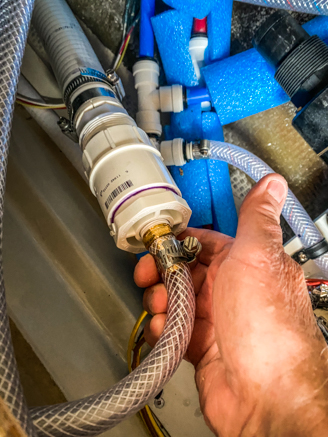
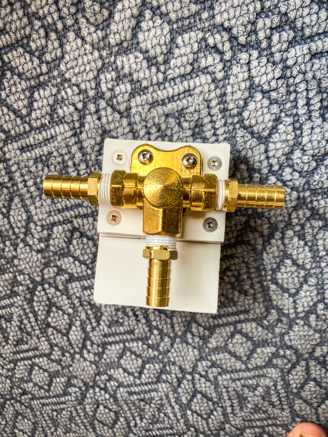
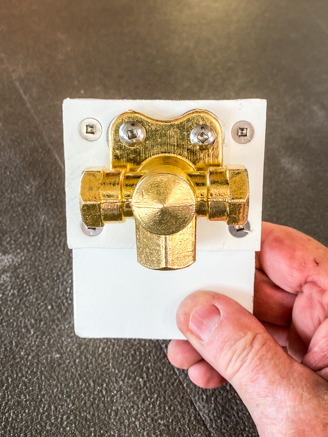
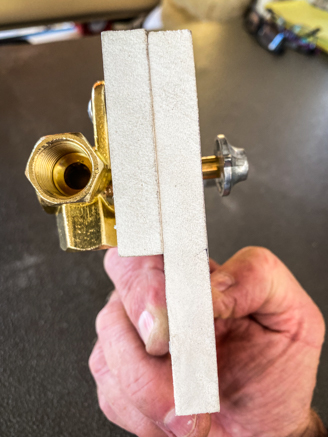
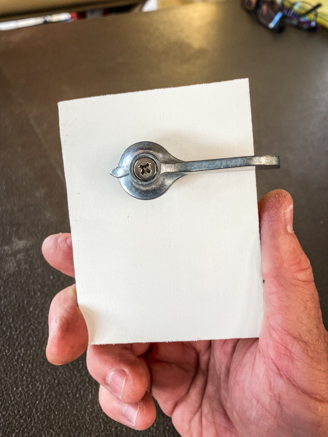
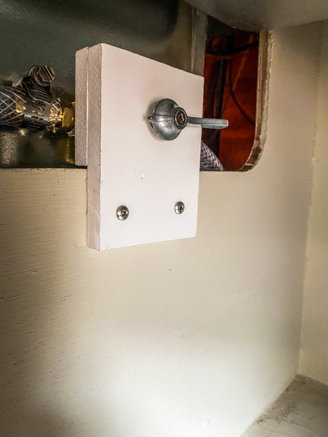
With everything in place, I secured the diverter assembly to the cabinet wall and crossed my fingers in anticipation that everything would work as planned. After a short time, with the water lines getting primed, we had success and 14 gallons more in our tanks to boot. One more thing we did was to name both tanks, MAIN, and RESERVE, and write them near the switch with a Magic Market. We decided that we would always start with the RESERVE tank and move on to the MAIN tank next. The water gauge only works on the MAIN tank, so that way when we are on the last tank we will have a reading of where we stand on water.
The extra capacity we gained by switching toilets increases our freshwater capacity to 52 gallons. This would be an increase over the capacity of our last Ranger Tugs R29 (45 gallons). Installing a diverter valve in the water lines between the water pump and the two tanks would give us access to that converted tank. By turning the valve to the tank of choice, you’ve just increased capacity.
On to the next project… having fun cruising on our new RT25OB.

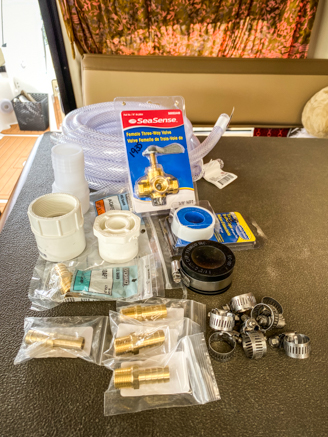
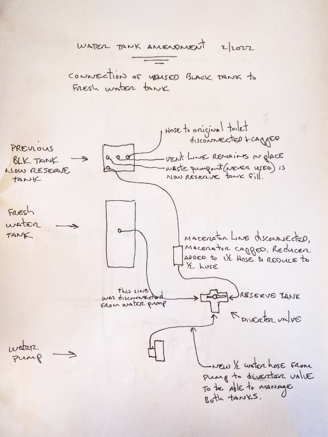
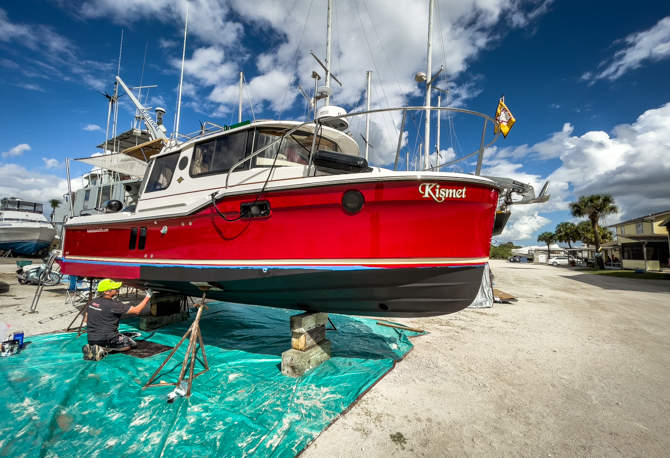
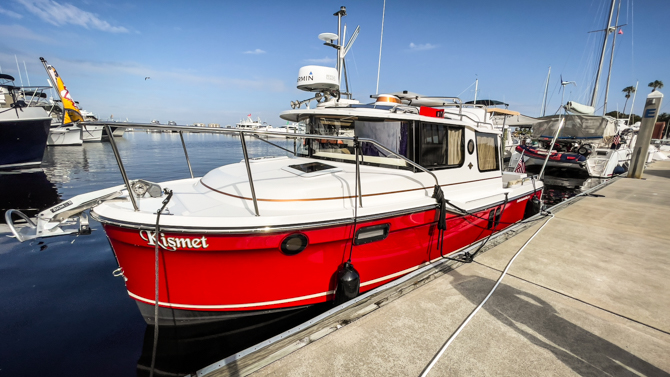

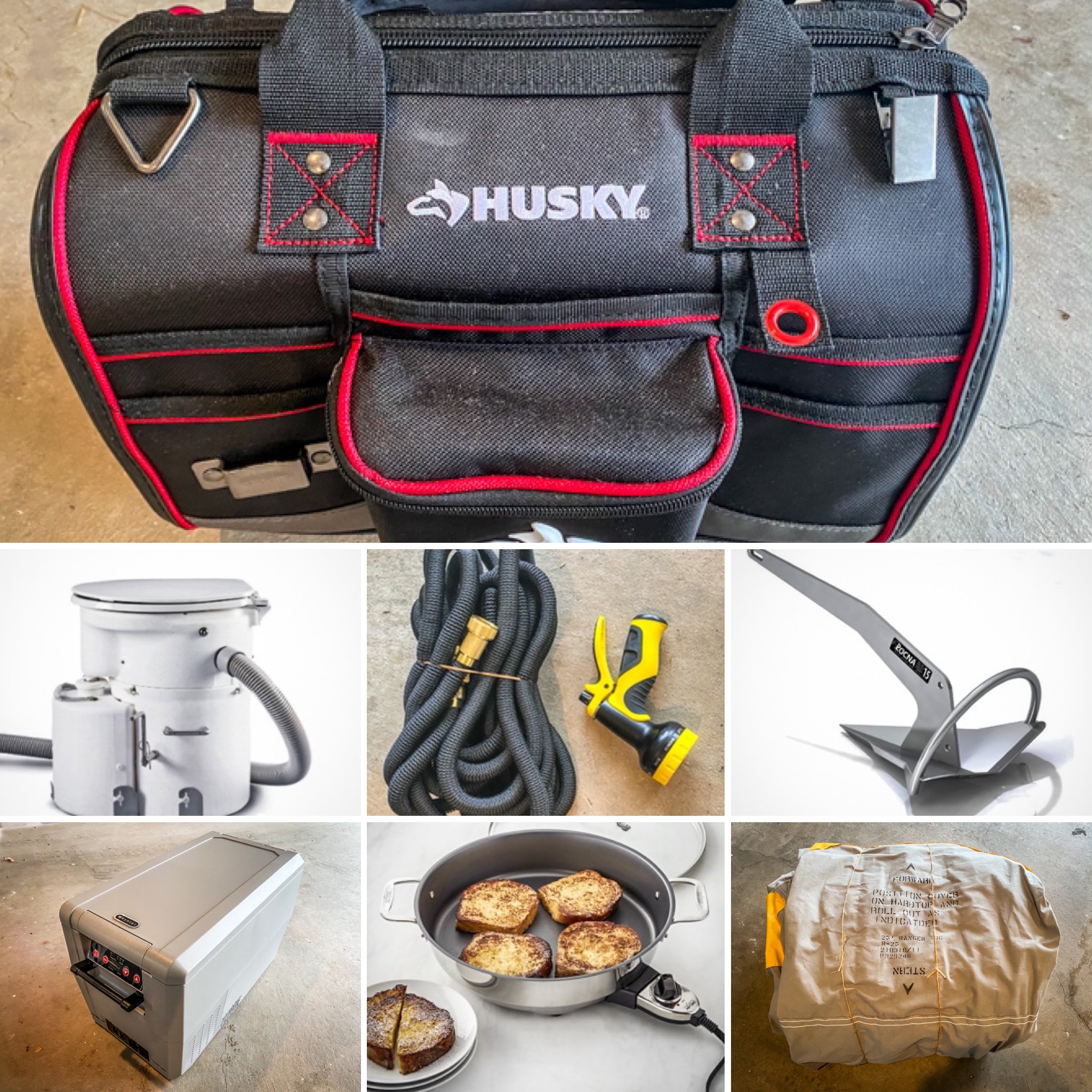
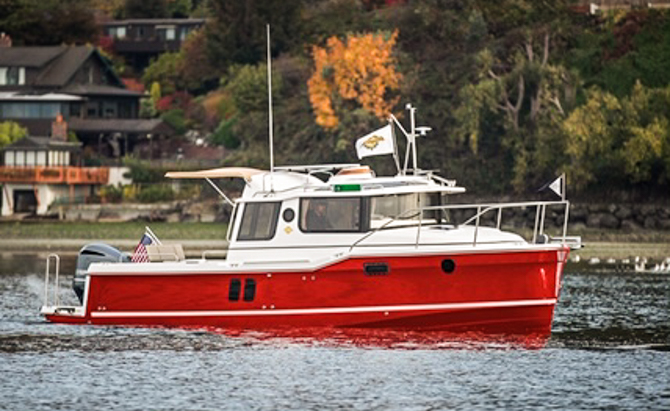



Comments (0)